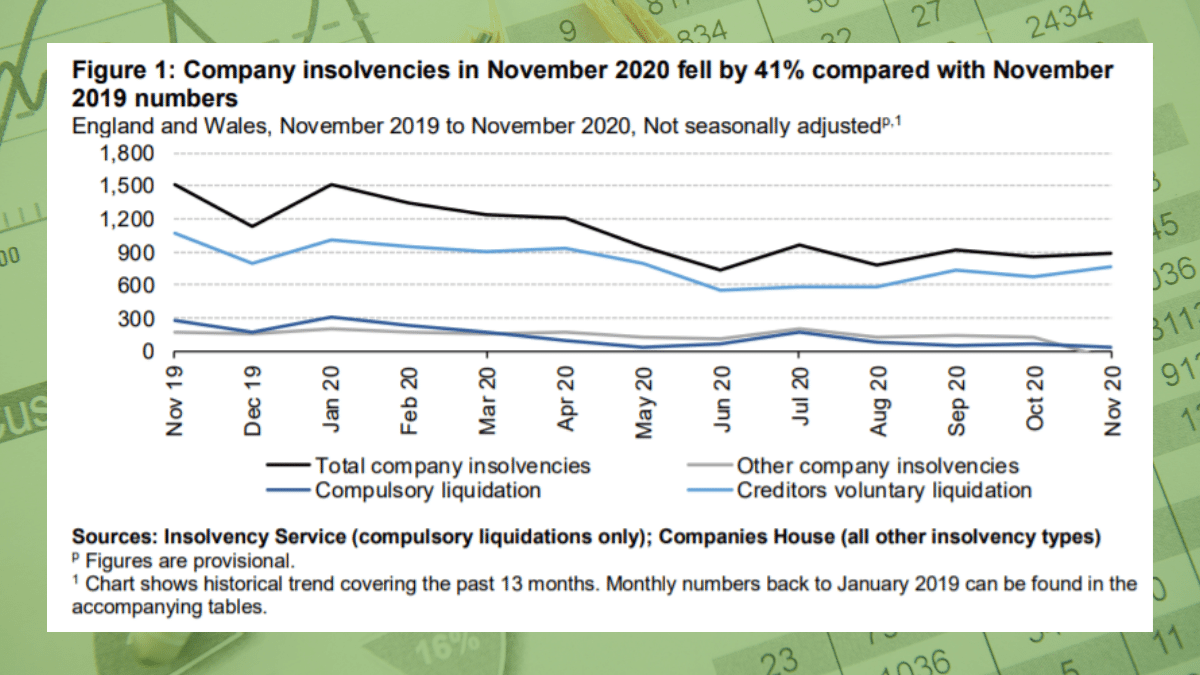Little Known Facts About Insolvency Practitioner.
Indicators on Insolvency Practitioner You Should Know
Table of ContentsThe Best Strategy To Use For Insolvency PractitionerNot known Factual Statements About Insolvency Practitioner The smart Trick of Insolvency Practitioner That Nobody is DiscussingThe Best Guide To Insolvency PractitionerThe Facts About Insolvency Practitioner RevealedThe 6-Second Trick For Insolvency PractitionerHow Insolvency Practitioner can Save You Time, Stress, and Money.
Insurance is kept track of and regulated by state insurance policy departments, and among their key purposes is securing policyholders from the threat of a business in monetary distress. When a firm enters a period of financial problem and is unable to satisfy its commitments, the insurance policy commissioner in the firm's home state starts a processdictated by the legislations of the statewhereby efforts are made to help the company reclaim its financial ground.If it is established that the firm can not be refurbished, the firm is proclaimed financially troubled, and the commissioner will ask the state court to get the liquidation of the company. [Back] The insurance coverage commissioner, either appointed by the governor or chosen, heads the state insurance policy department and screens and regulates insurance coverage task within the state.
By acquiring control of a company, the commissioner (or the insurance coverage department) is, by legislation, the rehabilitator or liquidator of the business. In this ability, the commissioner or department takes control of the business's operations. Rather than do so straight, the commissioner may maintain a special replacement receiver to monitor the business's tasks.
How Insolvency Practitioner can Save You Time, Stress, and Money.
The receiver manages a bookkeeping of the company's properties and liabilities and administers the estate of the company. In doing so, the receiver seeks to maximize the company's properties, move them to cash, and after that disperse that cash to financial institutions having valid cases against the insurance company according to settlement priorities defined by state law (in all states, policyholders are concern claimants whose insurance claims are paid prior to those of general financial institutions).
All insurance provider (with restricted exceptions) licensed to offer life or medical insurance or annuities in a state must be participants of that state's guaranty association. The guaranty association accepts the commissioner and the receiver in pre-liquidation preparation. Once the liquidation is gotten, the warranty association gives coverage to the business's policyholders that are state homeowners (approximately the levels defined by state lawssee listed below; any type of benefit quantities above the warranty asociation advantage levels come to be claims versus the business's continuing to be assets).
The above protection degrees apply individually for each and every bankrupt insurance provider. [Back] When an insurance company falls short and there is a deficiency of funds required to fulfill the responsibilities to policyholders, state warranty organizations are activated. Guaranty associations have two primary resources of financing when offering coverage to policyholders. Warranty organizations have subrogation civil liberties to an in proportion share of the properties remaining in the fallen short insurance firm.
Getting My Insolvency Practitioner To Work

NOLHGA develops a task pressure of depictive warranty associations to deal with the insurance commissioner to create a strategy to safeguard insurance policy holders. For more information on NOLHGA's role in the procedure, see "What Is NOLHGA?" and "The Security Net at the workplace." [Back]
You are right here: Insolvency is when a firm or person can not pay financial debts when they schedule. There are a number of choices available to a bankrupt business or individual: ASIC manages firms, it does not handle personal bankruptcy procedures. To learn more regarding personal bankruptcy and individual bankruptcy agreements, check out the Australian Financial Security Authority site.
9 Simple Techniques For Insolvency Practitioner
Anticipating defense by assisting you select the ideal consumers and the right markets to stay clear of uncollectable bill in the initial place, thanks to acute economic analysis - Insolvency Practitioner. In-depth market intelligence, providing you with 360-degree visibility on service industries and approaching troubles. It would be a simplification to think a trade credit scores insurance coverage begins and finishes with costs and pay-outs
This can occur for a number of reasons, including poor financial monitoring, unexpected costs, or a change in the market. If a company is bankrupt, it may be required to shut down or liquidate assets to pay creditors. This can have a significant influence on the business, employees, and investors.
Why does a company get in right into insolvency? There are a number of factors why a company might enter right into insolvency.
See This Report on Insolvency Practitioner
Various other factors for bankruptcy include fraud, mismanagement, and unexpected expenses. When a business comes to be financially troubled, its properties are utilized to pay off its debts. This can have a significant effect on the organization, as it might no more be able to proceed running. Insolvency can also cause work losses and the closure of organizations.
The firm may be required to offer assets, lay off personnel or even shut down. Creditors might be left out of pocket and the business's investors may see their financial investment vanish.
This can take place for a variety of reasons, consisting of bad monetary management, go unanticipated prices, or a modification in the marketplace. If a firm is bankrupt, it might be required to close down or liquidate assets to pay lenders. This can have a significant effect on business, workers, and shareholders.
Facts About Insolvency Practitioner Revealed
It can result in job losses, property sales, and also personal bankruptcy. It is essential to recognize how corporate insolvency jobs and exactly how it can impact your company. Why does a company become part of bankruptcy? There are a number of reasons a business may become part of insolvency. The most common reason is that the firm is incapable to pay its financial debts as they drop due.
Various other factors for bankruptcy consist of scams, mismanagement, and unforeseen prices. Insolvency Practitioner. When a company becomes insolvent, its assets are made use of to settle its financial debts. This can have a major impact on the organization, as it might no more be able to proceed running. Bankruptcy can also lead to work losses and the closure of organizations.
All about Insolvency Practitioner
